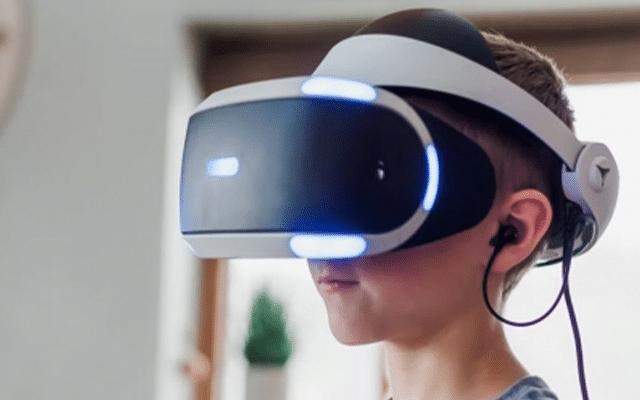New York: Many people who dream of an organised, uncluttered home find it hard to decide what to keep and what to let go. But for those with hoarding disorder — a mental condition — the reluctance to let go can reach dangerous and debilitating levels.
Now, a pilot study suggests that virtual reality (VR) therapy may help.
Hoarding disorder is an under-recognised and under-treated condition that has been included as a formal diagnosis only since 2013.
People with the disorder, who tend to be older, have persistent difficulty parting with possessions, resulting in an accumulation of clutter that impairs their relationships, their work and even their safety.
Researchers from Stanford Medicine showed that the VR therapy allows those with hoarding disorder to rehearse relinquishing possessions in a simulation of their own home could help them declutter in real life.
The simulations can help patients practise organisational and decision-making skills learned in cognitive behavioural therapy — currently the standard treatment — and desensitise them to the distress they feel when discarding.
“Unfortunately, stigma and shame prevent people from seeking help for hoarding disorder,” said Carolyn Rodriguez, a professor of psychiatry and behavioural sciences at Stanford.
“They may also be unwilling to have anyone else enter the home to help.”
In the study, Rodriguez’s team asked nine participants, over the age of 55 and with diagnosed hoarding disorder, to take photos and videos of the most cluttered room in their home along with 30 possessions.
With the help of a VR company and Stanford engineering students, the photos and videos were transformed into custom 3D virtual environments.
The participants navigated around their rooms and manipulated their possessions using VR headsets and handheld controllers.
In the 16 weeks of one-hour sessions online, they learned to better understand their attachment to the objects and practised placing them in recycling, donation or trash bins — the latter of which was taken away by a virtual garbage truck.
They were then assigned the task of discarding the actual item at home.
As with many mental health disorders, the causes of hoarding disorder are not well understood, Rodriguez said, but could involve difficulty processing information, making decisions, sustaining attention or regulating emotions.
People with the disorder may fear a loss of security or identity giving up their treasured possessions.
The virtual experience can serve as “a kind of stepping stone,” a less intense version of real-life discarding, Rodriguez said.
“It’s nice to be able to titrate in a virtual space for people who experience considerable distress even attempting to part with possessions.”
Seven of the nine participants improved in self-reported hoarding symptoms, with an average decrease of 25 per cent.
Eight of nine participants also had less clutter in their homes based on visual assessment by clinicians, with an average decrease of 15 per cent.
These improvements are comparable to those from group therapy alone, so it’s still unclear whether VR therapy can add value, Rodriguez said.
But importantly, this small initial trial demonstrated that VR therapy for hoarding disorder is feasible and well-tolerated, even in older patients.

















